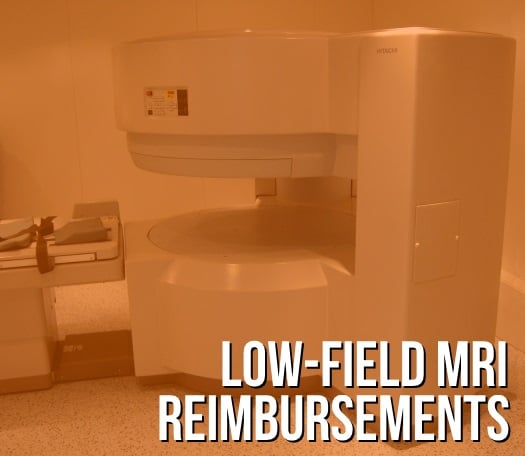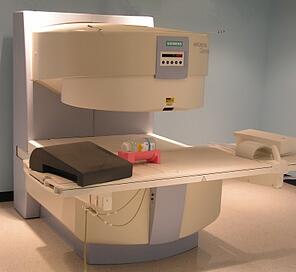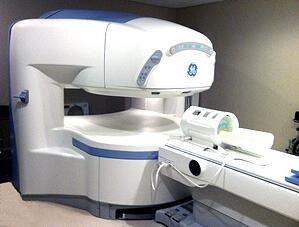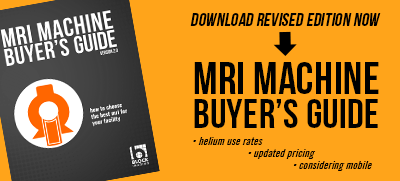
Given the ongoing recovery of the US economy, low-field MRI systems have never been more popular than they are today.
As newer generations are released, these systems offer increasingly superb image quality in a low-cost, low-maintenance design that allows doctors a cost-effective way to scan patients and obtain reimbursement. However, due to a shift in the way insurance companies perceive image quality and MR field strength, new minimum standards may start to impact a low-field magnet's eligibility for reimbursement.
If you have a .2T MRI, it’s time to begin thinking about an upgrade.
Most insurance companies are starting to implement policies which require MR systems (extremity and whole-body) to have, at minimum, a .3T field strength in order to be eligible for reimbursements.
Here are some of the most common .2T systems still in use: 
-
Esaote ArtoScan (extremity, no shoulder)
-
Esaote C-Scan (extremity, no shoulder)
-
Esaote E-Scan (extremity, including shoulder)
-
GE Profile Open (whole-body)
-
Hitachi Airis Mate (whole-body)
-
Siemens Concerto (whole-body)
If you are currently using any of the above systems, the next year or two is a prime time to think about an upgrade path. Here are some .3T-. 35T suggestions:

-
Hitachi Airis II (whole-body), Very popular system.
-
Hitachi Airis Elite (whole-body), High demand on secondary market.
-
Esaote O-Scan (extremity, no shoulder), Very rare on secondary market.
-
Siemens Open C (whole-body), Powerful gradients in a low-field system.
-
GE Ovation (whole-body magnet), Uncommon on the secondary market.
While you may not need to make an immediate decision regarding your current .2T MRI system, it’s wise to consider the above systems as possible replacements if you intend to scan a significant portion of your patient traffic on a low-field magnet.
As you start thinking about your next step, we're here to help. Check out any of the articles below to keep reading up on low-field MRI, MRI projects, or MRI price/cost. If you have other questions, contact us directly to learn more.

Steve Rentz
Steve Rentz is the Product Manager for MRI Scanners at Block Imaging. Steve's goal is to earn each customer's trust and business by specifically addressing the needs of their unique project. When Steve is not helping customers with their MRI needs, he enjoys running, swimming, and woodworking.






